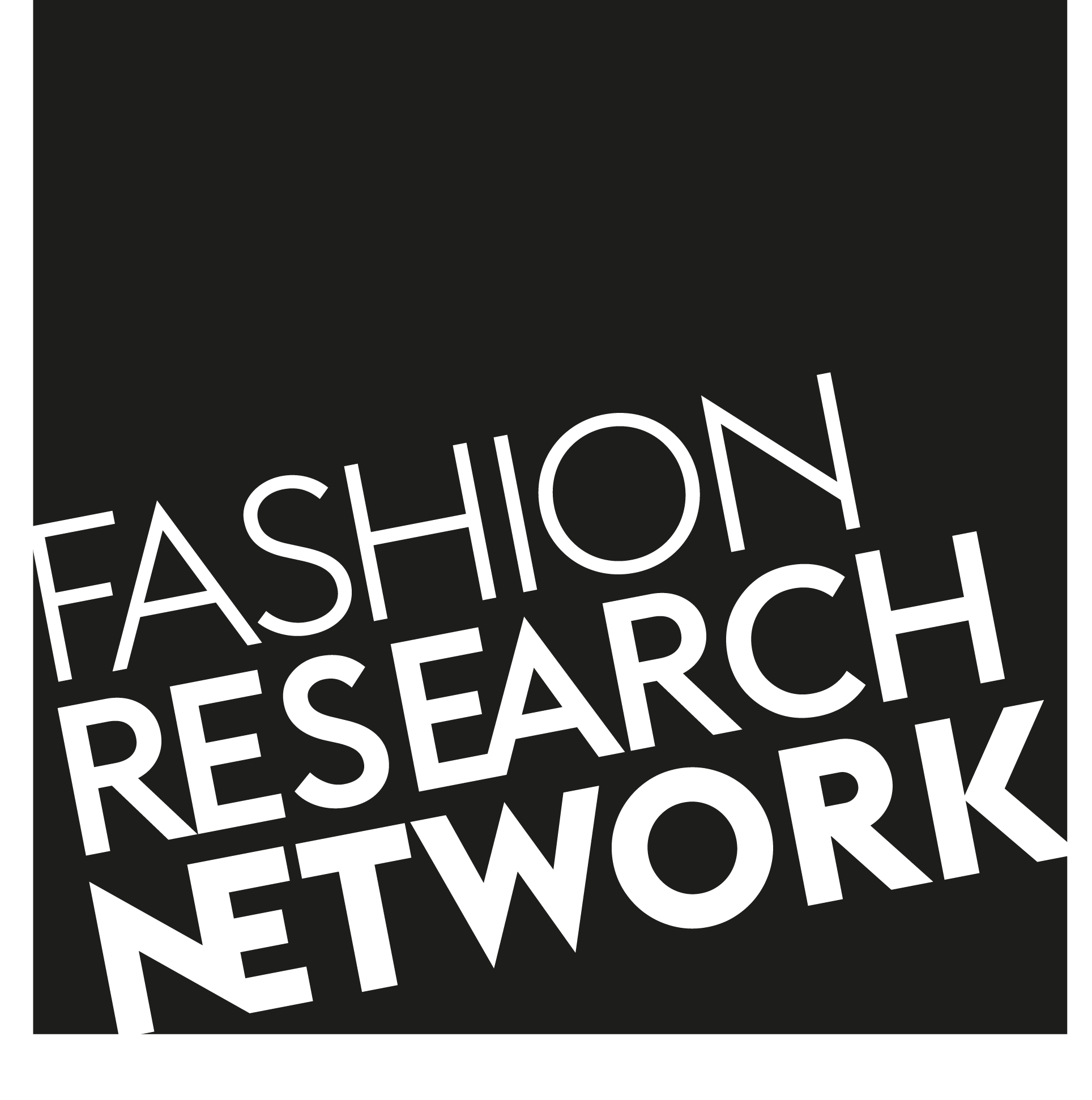Materials of Early Modern Fashion Conference, 7th-8th October 2021
A whole host of different materials were employed in the creation of a fashionable outfit in the sixteenth and seventeenth centuries. Linen ruffs and collars were stiffened with starch and held up by wire supports. Doublets and hose were padded out with bombast and horsehair, whilst bents and baleen were used to structure undergarments like bodies and farthingales. Clothes could be trimmed with fur, embellished with jewels, embroidered with metal threads or scented with perfumes. A single garment might feature an array of different textiles, with different types and weights of fabric used to line specific sections of the object.
This 2-day online conference will explore the broad spectrum of materials which were used to shape and create the fashionable body – both male and female – in the early modern period, a time of great change with regards to the construction of clothing. The conference seeks to investigate the innovations that these materials produced and the extent to which people understood the materiality of the clothes they wore. It will examine how changes in the material composition of fashion affected networks of artisans and retailers involved in the creation of a garment, and how the consumption of different materials in the early modern period connected makers and consumers with both local and far-flung places.
Possible topics for papers may include, but are not limited to:
· Textiles, particularly the development of new types of fabric
· Non-textile materials used in dress, such as leather, wood, cork, paper, bone, baleen, jewels and gemstones, feathers, and metal (including armour)
· Dyes, perfumes and cosmetics
· The imitation of materials
· The global trade and production of different materials
· The regulation of materials (e.g. sumptuary laws) and its effects on fashion
· Artisanal trades and the manipulation of materials
· Visual and literary depictions and understandings of materials
· The lifespan and recycling of materials
· Methodologies for studying the materials of early modern fashion
We invite proposals for 20-minute papers, and particularly welcome proposals from graduate students, unaffiliated researchers, and museum professionals. Please send a title and abstract (max. 300 words) and a brief bio to materialsofemfashion@gmail.com by 1 August 2021. For more information please visit conference website.
This online conference is organised by Sarah Bendall (Australian Catholic University) and Rebecca Unsworth (Birmingham Museums Trust) in conjunction with the Sartorial Society, with thanks to the Pasold Research Fund.
